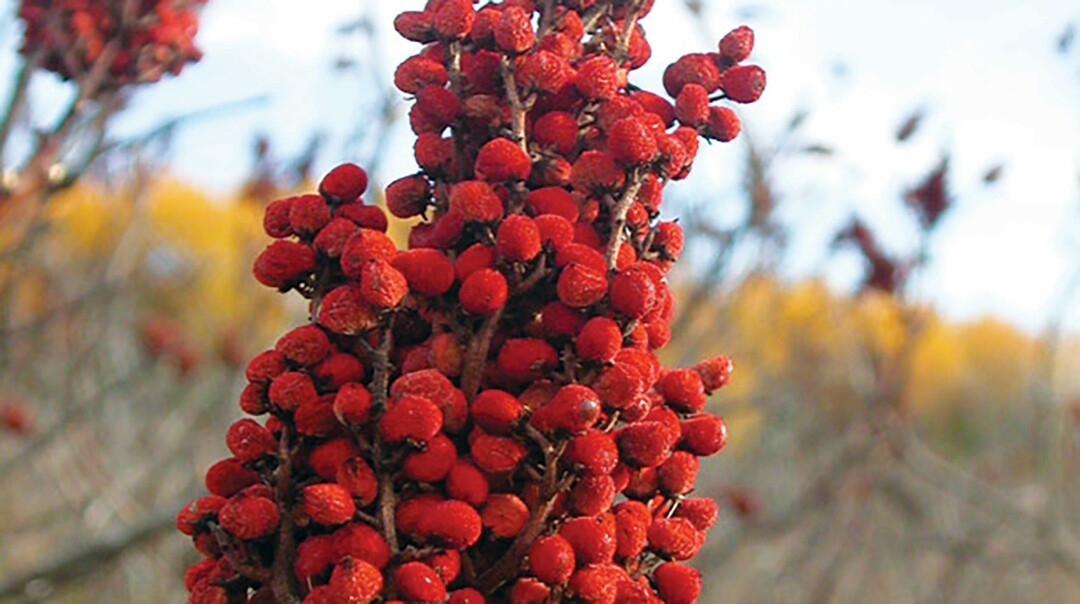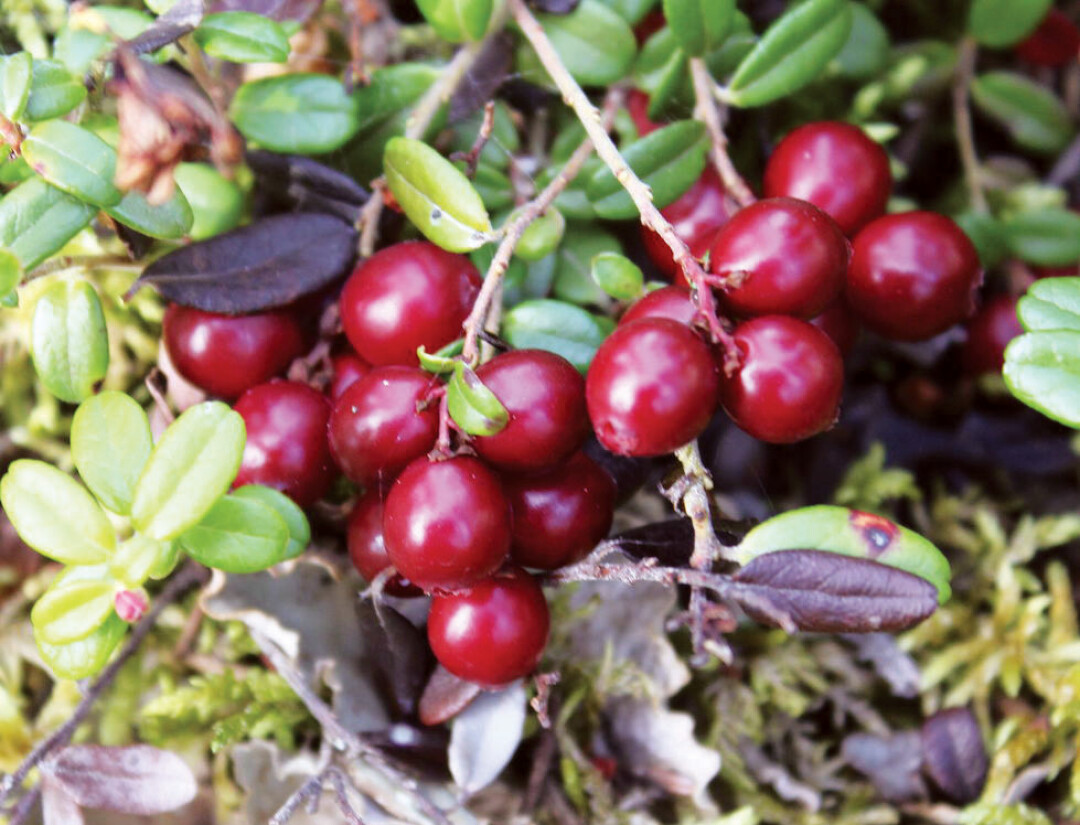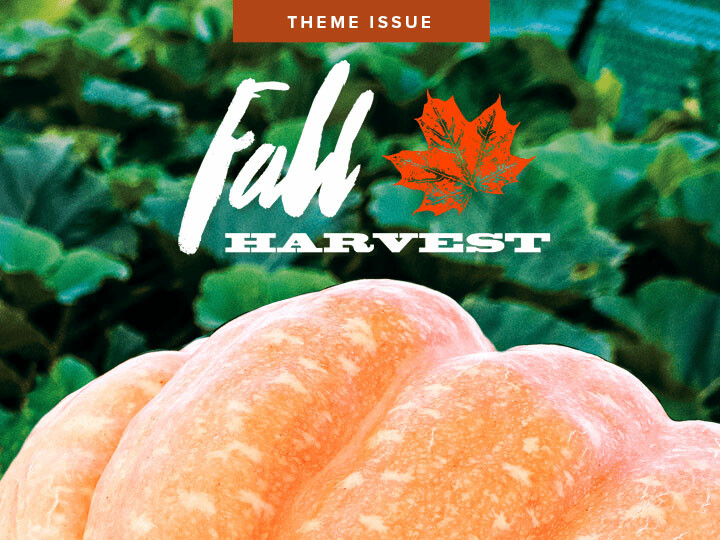7 Wild Plants to Put on Your Table This Fall
our wild guide to seasonal foraging

Jim Schwiebert’s coworkers put up their guard when he approaches, lest he offer them a taste of something he scrounged up from his yard, on a trail, or from the garden behind their offices at Beaver Creek Reserve. Not everyone is so enthusiastic about nibbling on roasted acorns as Schwiebert, a naturalist at the willdlife area in rural Fall Creek.
If you didn’t manage to get seeds in the ground in the spring and are feeling a little left out of the harvest, he’s the guy to talk to. Schwiebert’s got a keen eye and years of experience identifying and preparing wild food for consumption. He was led to his passion by Jean Craighead George’s My Side of the Mountain, a children’s novel about a 14-year-old boy who lives on his own in the woods of upstate New York. He’s sheepish to admit his affinity for reality survival shows such as Naked and Afraid.
“I just thought it sounded so cool to be able to live off the land,” he said. “People nowadays are afraid of everything. But everything we eat, with the exception of maybe Cheetos, was discovered by a forager.”
Schwiebert came prepared the day we met with plastic bags and plastic containers full of foraged goodies, but the knowledge he shared came with a warning: “You should never eat anything, or any part of anything, unless you’re 100 percent sure it’s edible.” Work with a professional guide text or an expert to confirm your identifications.

Some Wild Plants for Which You Can Forage in the Fall
Sumac
Those trees on the side of the road with fern-like leaves and brilliant flame-colored blooms are Staghorn Sumac, or Rhus typhina. The conical clusters of berries are velvety, and have a sour, citrusy taste. Sumac may be infused in water and sweetened with sugar to make a pink, lemonade-like drink. If the name – too much like “poison sumac” – gives you pause, don’t worry. Poison sumac fruits are yellow-green to gray and grow in much looser clusters.
Elderberries
Elderberries, or Sambucus canadensis, are a sweet berry with stones. They ripen in late summer to early fall, and make a tasty jam. These berries are extremely high in vitamin A. Use caution when preparing elderberry; all parts of the plant except for the dark purple/black, fully ripe berries are poisonous.
Acorns
Red and white oak acorns might take a bit of work, but both make for a tasty treat. Remove the cap and crack open the shell to reveal the meat of the nut. Bur oak (a variety of white oak) acorns are plain, with a slight bitter aftertaste given by tannins. Red oaks yield a very bitter nut, but both varieties can be boiled to remove the tannins, then salted and roasted, for a snack that is high in protein and fiber.
Hazelnuts
These easy-to-snack-on nuts grow in leafy clusters on trees throughout the Chippewa Valley. Hazelnuts are rich in unsaturated fats, magnesium, calcium, and vitamins B and E. They are eaten plain or roasted, and can be made into butter or used in snack bars or trail mix.
Cranberries
Wild cranberries hold their own against farmed ones in size and flavor. They grow in marshy or boggy areas on short stems covered in small, leathery, oval leaves with rolled edges. Cranberries can be used in jellies, made into fruit leather, or baked into breads and muffins.
Wintergreen
This groundcover plant grows in sandy, acidic soil. It produces thick, tough, oblong green leaves that can be used in tea. The plants also produce half-inch red berries that have a similar minty flavor and aroma.
Sheep Sorrel / Yellow Wood Sorrel
These two plants look different, but both might be found in your own lawn, and share a citrusy flavor that spices up a salad. Sheep Sorrel, Rumex acetosella, has light green, velvety leaves that resemble a sheep’s head. Stems grow upright from leaf clusters, producing maroon flowers. Wood sorrel, Oxalis stricta, looks a lot like clover, with heart-shaped leaves in yellow-green. They produce small yellow flowers and edible seed pods that pack an extra-sour punch.

